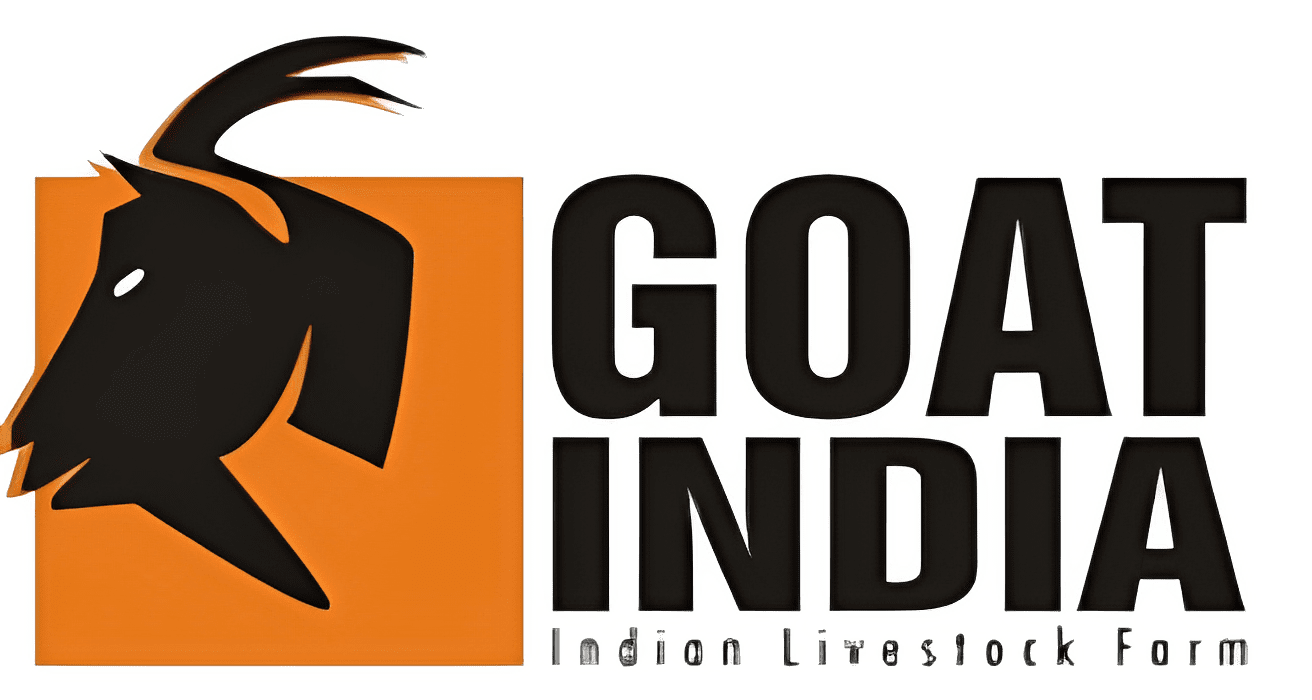Changthangi Goat
The premium high-altitude breed from Ladakh region, renowned for producing the world’s finest Pashmina fiber. Discover the complete guide to raising these extraordinary goats adapted to extreme mountain conditions.
Changthangi Goat Key Statistics
Essential facts about this premium high-altitude breed from the Trans-Himalayan region
Comprehensive Breed Information
Detailed insights into Changthangi goat characteristics and management
Physical Appearance
Medium-sized goats with compact body structure, short legs, and broad chest. Coat colors range from white, grey, brown to black with seasonal double coat development.
Size & Weight
Adult males: 40-50 kg, Adult females: 30-40 kg. Height at withers: 65-75 cm. Compact build suited for mountain terrain navigation.
Adaptation Features
Dense undercoat for insulation, strong hooves for rocky terrain, efficient metabolism for limited vegetation, and extreme cold tolerance.
Reproductive Performance
Breeding season: October-November. Gestation: 145-150 days. Kidding rate: 85-90%. Single births common, twins occasional.
Seasonal Migration
Summer grazing at 4500-5500m elevation, winter shelter at 3500-4000m. Traditional nomadic management following seasonal pasture availability.
Feeding in Extreme Conditions
Natural grazing on alpine vegetation, supplemental feeding during harsh winters. Efficient conversion of poor quality fodder into valuable products.
Shelter Requirements
Windproof shelters for extreme weather protection. Stone and mud construction traditional to Ladakh region. Proper ventilation essential.
Healthcare Challenges
Remote location veterinary access, preventive care focus, traditional remedies knowledge, and cold stress management protocols.
Pashmina Quality
Finest quality undercoat fiber with 12-15 micron fineness. Annual yield: 150-200g per animal. Harvested through careful combing process.
Harvesting Season
Collection during spring molting season (April-May). Hand-combing technique preserves fiber quality. Timing critical for premium grade fiber.
Market Value
Raw Pashmina commands premium prices in international markets. Traditional handicraft integration supports local economy in Ladakh region.
Processing Requirements
Careful sorting, cleaning, and grading. Specialized equipment for fiber processing. Quality certification important for market access.
Changthangi Goat Farming Techniques
Practical knowledge for successful high-altitude goat management
High-Altitude Nutrition
Changthangi goats graze on sparse alpine vegetation including hardy grasses, herbs, and shrubs. Supplemental feeding with barley straw and concentrate mixture during extreme winter months is essential. Daily intake: 2-3% of body weight in dry matter.
Disclaimer: Consult with veterinary experts familiar with high-altitude livestock management for specific nutritional recommendations.
Seasonal Management
Traditional nomadic system involves seasonal migration between summer (high altitude) and winter (relatively lower altitude) pastures. Summer grazing areas at 4500-5500m elevation provide nutritious alpine vegetation. Winter management requires protected areas at 3500-4000m altitude.
Proper planning for fodder storage and shelter preparation is crucial for survival during harsh Himalayan winters lasting 6-7 months.
Fiber Production Management
Pashmina fiber development occurs during winter months as protective undercoat. Quality depends on extreme cold exposure and proper nutrition. Harvesting through careful combing during spring molting season preserves fiber length and quality.
Annual fiber yield varies with animal age, nutrition status, and environmental conditions. Proper handling and storage essential for maintaining market value.
Breed Comparison & Specifications
Detailed characteristics and performance parameters of Changthangi goats
Ready to Learn More About High-Altitude Goat Farming?
Discover comprehensive guides on mountain goat breeds and specialized farming techniques for extreme conditions.


